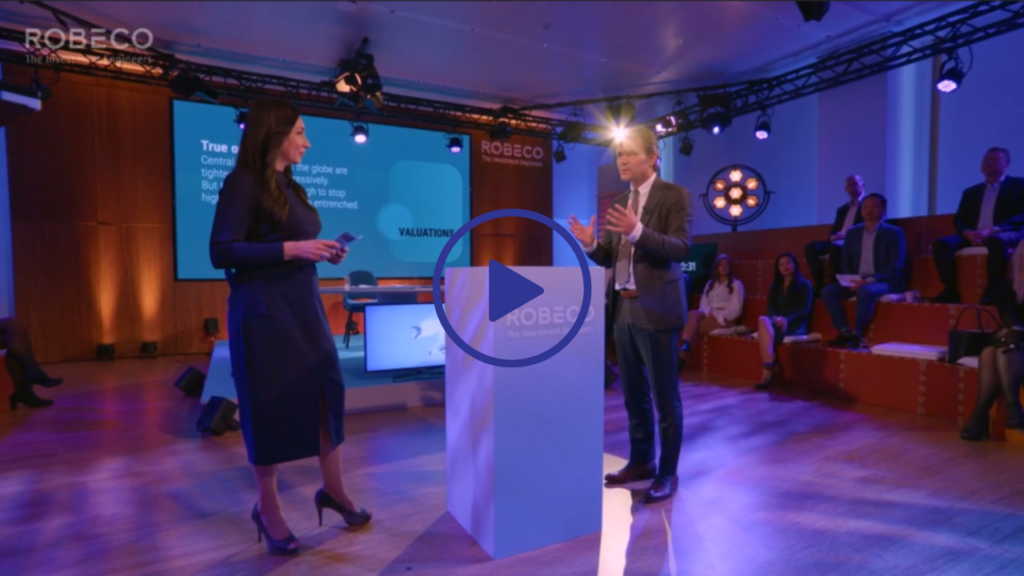Welcome to terra incognita, a new era in which the certainties that a generation of investors have grown so used to have started to crumble before our very eyes. Confusion has taken center stage on financial markets.
Speed read:
- The multiplicity of shocks ushers in the ‘Age of Confusion’
- Ukraine conflict provokes spiralling food and energy prices
- Investors can’t rely on a swift dovish pivot to boost liquidity
Even the head of the world’s most powerful central bank seems uncertain. Federal Reserve Chairman Jay Powell’s pronouncement that “I think we now understand better how little we understand about inflation” came after he was proven wrong that inflation would be “transitory” as it reached 40-year highs in the US.
But then perhaps he can be forgiven for underestimating the effect that a multiplicity of shocks would have not only on inflation but on predictions in general. Just as the world was beginning to recover from the two years of Covid, Russia’s invasion of Ukraine caused supply chain shocks to resume, with spiralling inflation in food and energy as a major consequence. It has never been more difficult to try to predict the trajectory of the global economy. That’s why we entitled our latest Expected Returns five-year outlook, ‘The Age of Confusion’.
Uncertainty was already high
Looking back at the past 12 months, financial market participants have clearly underestimated the persistence of these shocks. Investors (and central bankers like Powell) don’t seem to have the proper frame of reference in place to adequately evaluate these risks because they haven’t had the possibility to hone their forecasting skills for this ‘once in a lifetime’ state of the world.
The rise in unpredictability is observed by an almost record-high level of dispersion in current forecasts for US GDP among professional forecasters – March 2020 at the beginning of Covid being an all-time high. It is also reflected in a tripling of US bond market implied volatility since the start of 2021. In addition, the five-year moving average of the global economic policy uncertainty index is at the highest level since its inception in the mid-1990s. Inflation surprise indices have hit record highs.
Great dispersion in views reflect – and also instils – confusion. These episodes of great macro uncertainty tend to cluster around paradigm shifts, as the start of the Great Moderation era in the early 1980s showed. The Bank for International Settlements recently warned of an imminent paradigm shift, declaring that “we may be reaching a tipping point, beyond which an inflationary psychology spreads and becomes entrenched”.
Climate change shocks
Then there is climate change. Like major geopolitical events, there is evidence that physical risk events (droughts, flooding, earthquakes) are only priced by investors after experiencing them. The increased frequency of climate-related risks could raise awareness and risk perception on this front.
As the multiplicity of shocks has taken the markets by surprise, the absence of adequately priced risk in financial markets is, therefore, not to be taken as evidence of the absence of underlying real-world risk. This is all the more true if underreaction to large shocks is aggravated by declining liquidity against a backdrop of a central bank tightening cycle.
So, back to where we came in. Central bankers may be forgiven their misdiagnosis of the inflation trajectory as the multiplicity of shocks has caused self-reinforcing feedback loops that are hard to gauge in advance. This endogeneity opens up multiple potential future states of the world at the current juncture. We are indeed entering the Age of Confusion.
To find out how our experts try to predict the next five years, click here.

